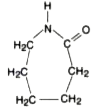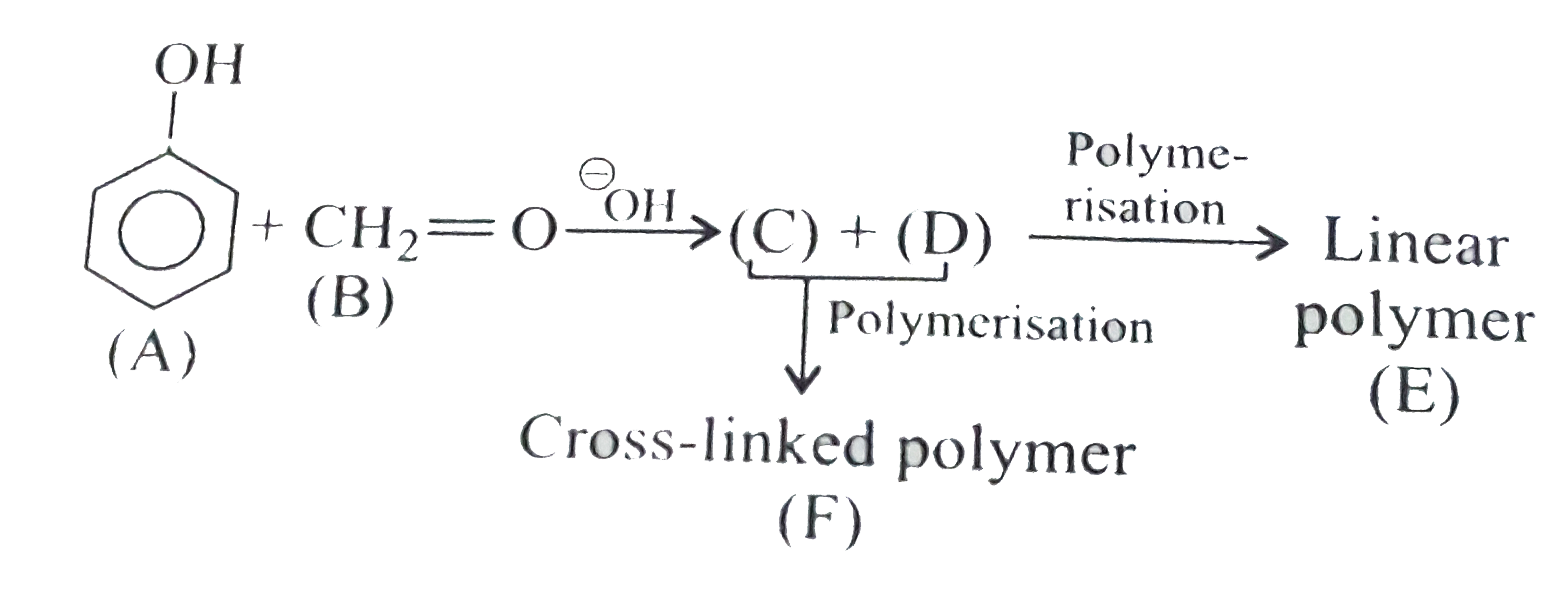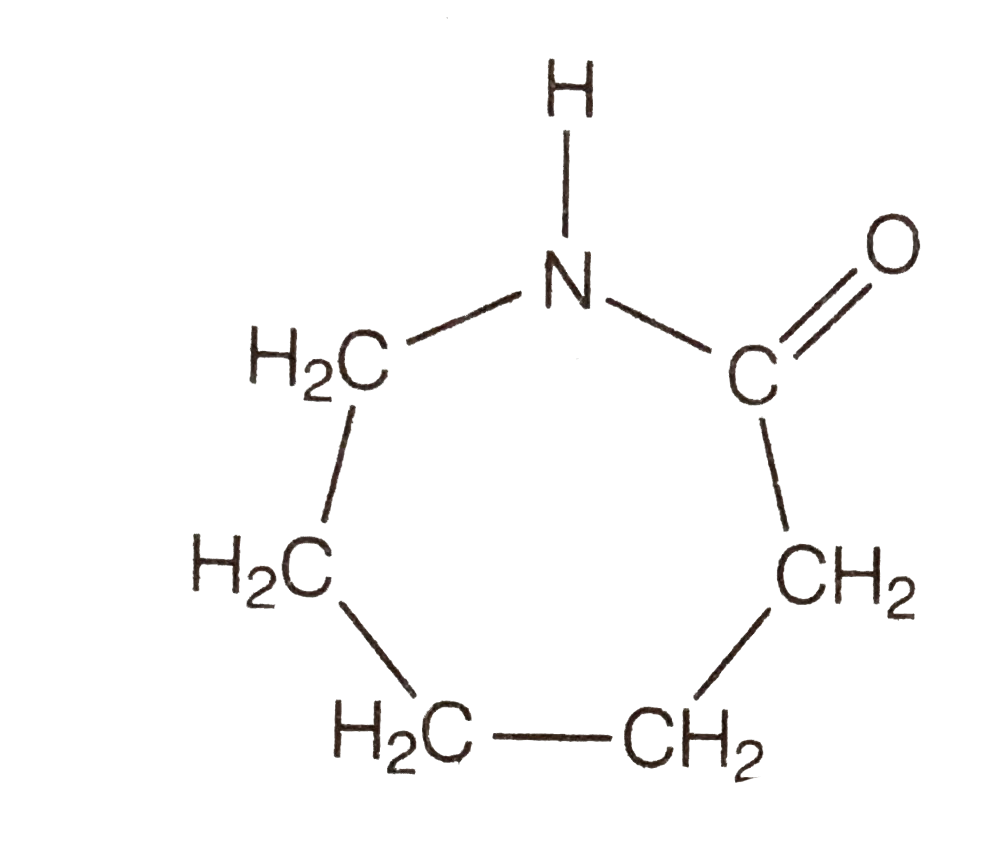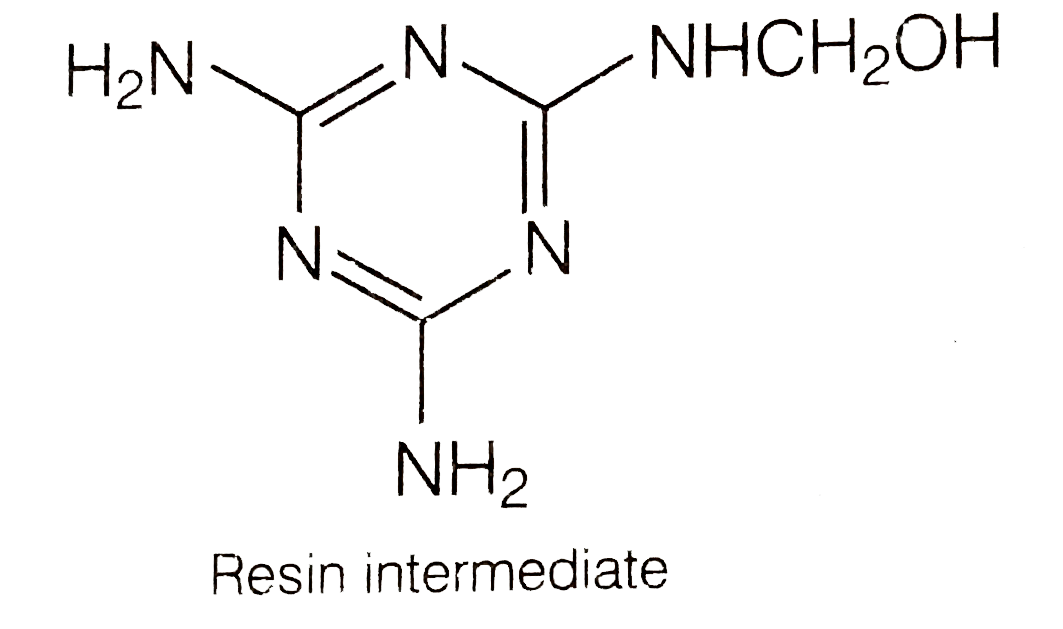The straight chain polymer is formed by
hydrolysis of (CH3)3SiCl followed by condensation polymerisation
hydrolysis of (CH3)4 Si by addition polymerisation
hydrolysis of (CH3)4SiCl2 by addition polymerisation
hydrolysis of (CH3)2SiCl2 following by condensation polymerisation.
The correct Answer is:D
To determine which hydrolysis leads to the formation of a straight chain polymer, we will analyze the compounds provided in the question and their reactions.
1. Identify the Compounds: The question provides four compounds:
- Trimethylchlorosilane
- Tetramethylsilane
- Tetramethyldichloridosilane
- Dimethyl dichloridosilane
2. Understand Hydrolysis: Hydrolysis involves the reaction of a compound with water, leading to the replacement of certain groups (like Cl) with hydroxyl groups (OH). This is crucial for forming silanols, which can further undergo polymerization.
3. Analyze Dimethyl Dichlorosilane:
- The structure of dimethyl dichlorosilane (Si(CH3)2Cl2) shows that silicon is bonded to two methyl groups and two chlorine atoms.
- Upon hydrolysis, the chlorine atoms will be replaced by hydroxyl groups:
Si(CH3)2Cl2+2H2O→Si(CH3)2(OH)2+2HCl
- The product formed is dimethylsilanol (Si(CH3)2(OH)2).
4. Condensation Polymerization:
- The dimethylsilanol can undergo condensation polymerization where two molecules of dimethylsilanol react, leading to the removal of water and the formation of a siloxane bond (Si-O-Si):
2Si(CH3)2(OH)→Si(CH3)2O-Si(CH3)2+H2O
- This process can repeat, forming a long straight chain polymer.
5. Conclusion: The hydrolysis of dimethyl dichlorosilane followed by condensation polymerization results in the formation of a straight chain polymer.
Final Answer:
The straight chain polymer is formed by the hydrolysis of dimethyl dichlorosilane followed by condensation polymerization.
---
- Trimethylchlorosilane
- Tetramethylsilane
- Tetramethyldichloridosilane
- Dimethyl dichloridosilane
- The structure of dimethyl dichlorosilane (Si(CH3)2Cl2) shows that silicon is bonded to two methyl groups and two chlorine atoms.
- Upon hydrolysis, the chlorine atoms will be replaced by hydroxyl groups:
Si(CH3)2Cl2+2H2O→Si(CH3)2(OH)2+2HCl
- The product formed is dimethylsilanol (Si(CH3)2(OH)2).
- The dimethylsilanol can undergo condensation polymerization where two molecules of dimethylsilanol react, leading to the removal of water and the formation of a siloxane bond (Si-O-Si):
2Si(CH3)2(OH)→Si(CH3)2O-Si(CH3)2+H2O
- This process can repeat, forming a long straight chain polymer.
The straight chain polymer is formed by the hydrolysis of dimethyl dichlorosilane followed by condensation polymerization.
Similar Questions
Knowledge Check
Which of the following polymer can be formed by using the monomer unit?
 ANylon 6, 6BNylon-2-nylon-6CMelamine polymerDNylon-6
ANylon 6, 6BNylon-2-nylon-6CMelamine polymerDNylon-6Polymers are :
Alarge organic molecules linking together repeating subunits of the same type called monomersBfound in proteins, carbohydrates, and nucleic acidsCdue to a dehydration reactionDall of the above

The linear polymer(E)is formed is:
View SolutionHydrolysis of dimethyldichloro silane , (CH3)2SiCl2 followed by condensation polymerisation yields straight chain polymer of
View SolutionCellulose is a straight-chain polysaccharide composed of only:
View SolutionCross linked polymer Silicone is formed by hydrolysis of
View SolutionAmylose and cellulose are both straight chain polysaccharides containing only D-glucose units. What is the structural difference between the two?
View SolutionWhich of the following polymer can be formed by using the following monomer units

View Solution


